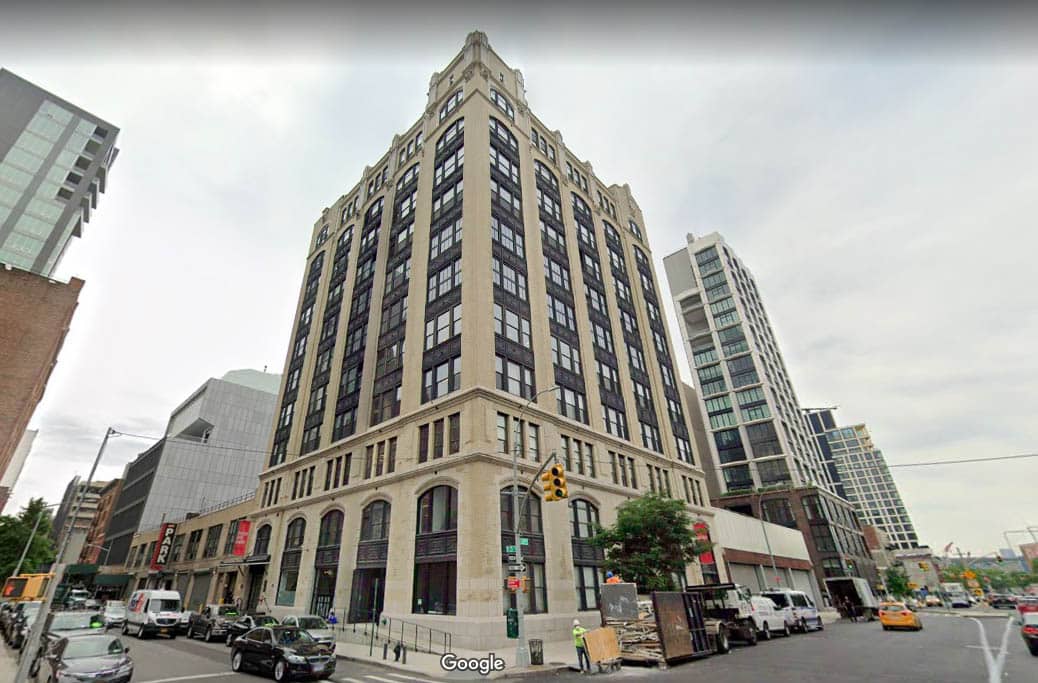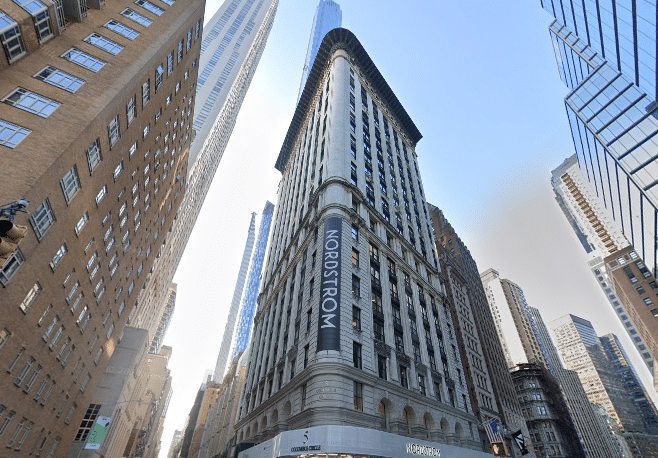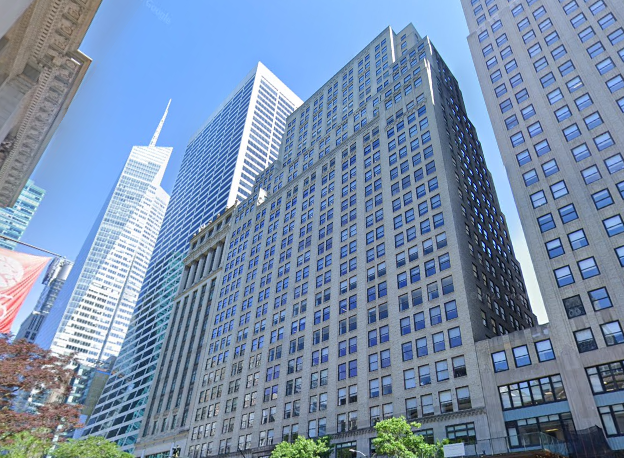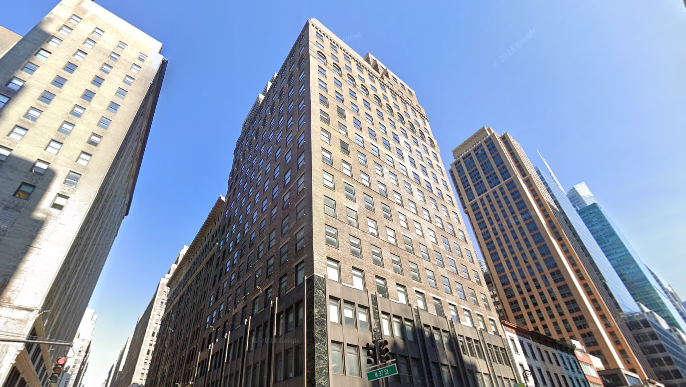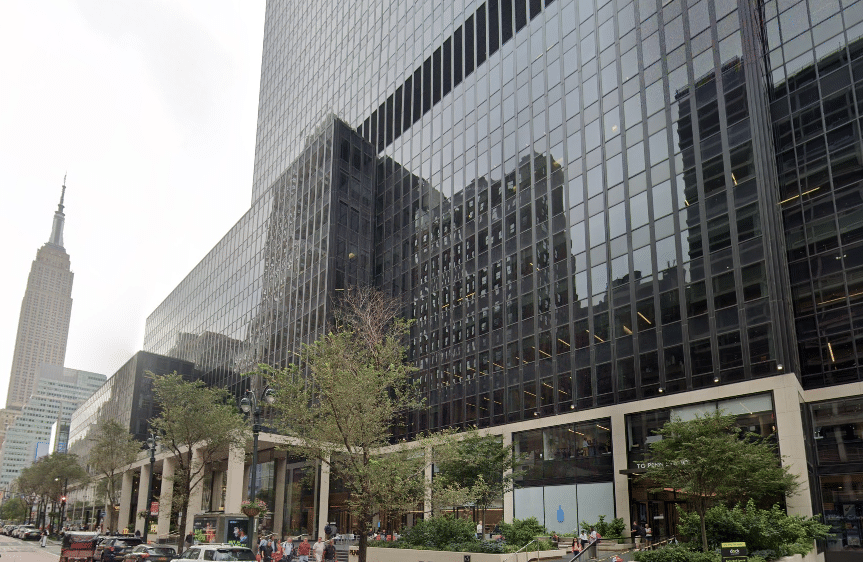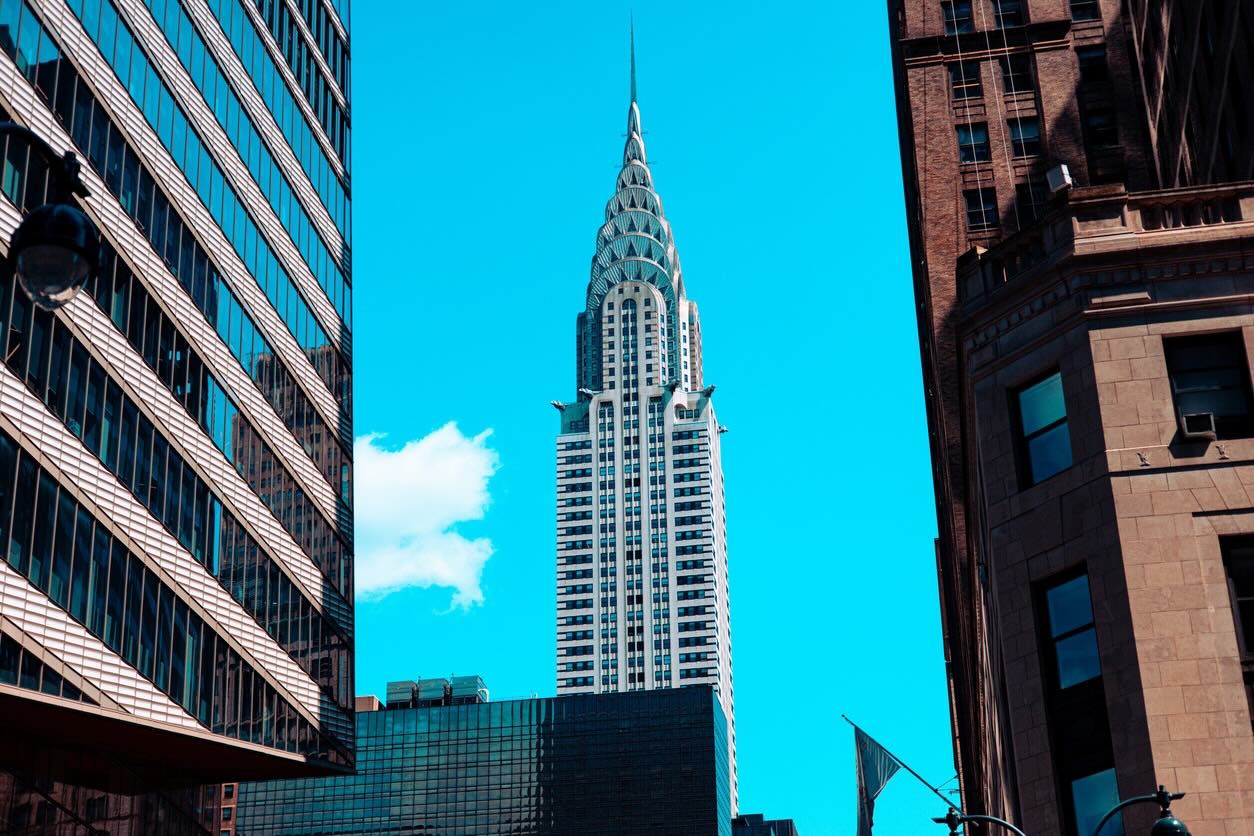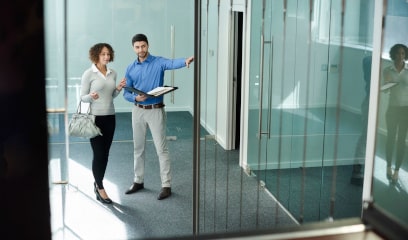After months of struggle and uncertainty, the Manhattan office leasing market seems to be finally heading for recovery. According to recently-released Q3 market reports, leasing activity is picking up the pace. However, there is still a long way to go in the recovery process, and the market continues to suffer the effects of the pandemic.
Demand for NYC office space intensifies in Q3
A recent Q3 research report by JLL shows that office leasing volume in New York reached the highest levels since Q1 2020. Roughly 4.7 million square feet of office leases closed during the third quarter, a 33% increase compared to Q2. What’s more, venture capital funding raised by NYC companies in 2021 surpassed the record high of 2020. The numbers are promising, and they show that interest in the market has not waned. Leasing activity in the financial services sector surpassed levels recorded in Q3 2018 and Q3 2019 in the sub-25,000-square-foot segment.
According to JLL, demand for Manhattan office space is intensifying, and more and more businesses are establishing a presence in the market. Average asking rents reached $88.60 per square foot in Midtown Manhattan, $62.95 per square foot in Lower Manhattan, and $82.36 in Midtown South. Competition is even fiercer when it comes to Class A office space, and rents are on the upswing. In Midtown Manhattan, the average asking rent for Class A office space was $97.27 per square foot in Q3, while rents in Midtown South closed Q3 at $92.43 per square foot.
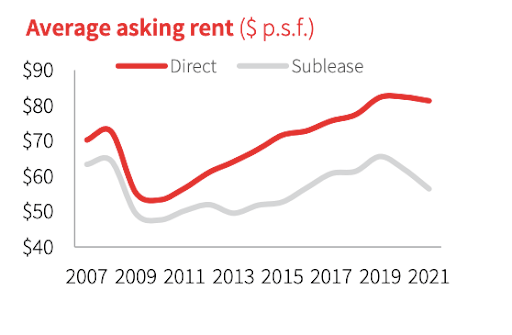
Courtesy of JLL
Office leasing activity reaches post-pandemic high in Q3
According to a recent report by Cushman & Wakefield, employment trends recorded in Q3 also show signs of improvement. Total employment in New York City is on a steady rise, adding 4.2 million new jobs through August 2021. The private sector added 439,000 new jobs since April 2020, with 149,000 jobs added to the leisure and hospitality sectors. The numbers paint a hopeful picture for the hospitality industry, which took the biggest hit during this pandemic. Retailers, hotels, restaurants, and leisure and entertainment venues are finally starting to welcome clients as vaccination efforts continue and restrictions gradually lift.
Cushman & Wakefield also noticed a promising increase in office leasing activity in Q3. Midtown Manhattan recorded a six-quarter high in terms of leasing volume, with 3.1 million square feet traded. Major leases included Credit Agricole’s 167,000-square-foot lease at 1301 Avenue of the Americas and SPARC Group’s 155,724-square-foot lease at 11 Penn Plaza.
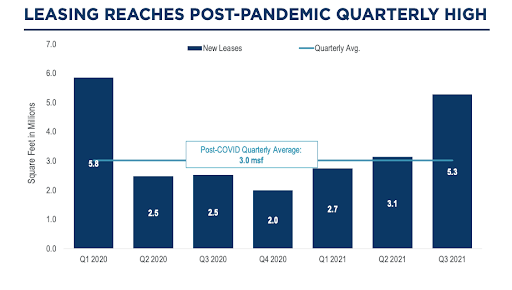
Courtesy of Cushman & Wakefield
In Midtown South, leasing activity exceeded 1 million square feet for the first time since Q4 2019, with 1.4 million square feet of office space traded during Q3. Notable deals included Microsoft’s 140,000-square-foot lease at 122 Fifth Avenue and Attentive Mobile’s 98,000-square-foot deal at 115 West 18th Street.
Lower Manhattan also had an excellent quarter in terms of office leasing activity. The submarket recorded a six-quarter high of 753,486 square feet traded.
All in all, the Manhattan office market seems to have had an outstanding quarter. However, Cushman & Wakefield’s report shows that the vacancy rate increased 70 basis points in Manhattan despite the increased leasing activity. The vacancy rate for Manhattan office space reached a record-high of 19% at the close of Q3 2021. This shows that, while interest in establishing a presence in the market remains strong, not everyone is ready to return to the office.
Companies are preparing for a slow return to the office
While tech companies like Facebook, Google, and Microsoft continue to expand their office footprint in the city, other companies have downsized, relocated, or switched to remote work, leaving unused office space. It will take a while for all that vacant office space to find the right tenants again and more time until employees are confident of returning to the office full-time. However, the interest from tech giants and competitive players signals that a return to in-person collaboration is imminent. It shows that companies are starting to lay the groundwork for that return. A recent Avison Young report reveals a positive indication that there is still long-term interest in the market. Office tenants have been signing longer-term leases in Q3 2021, and the average office lease term length has increased 16.8% since January 2021.
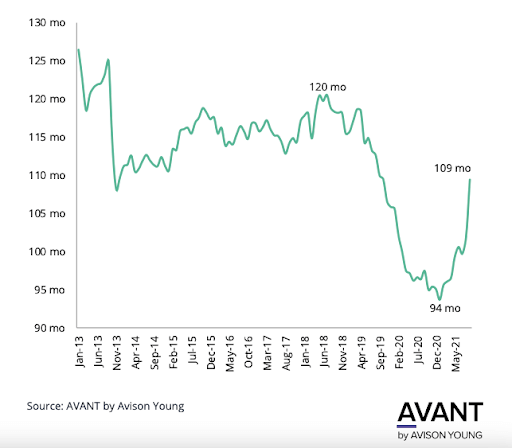
Courtesy of Avison Young






